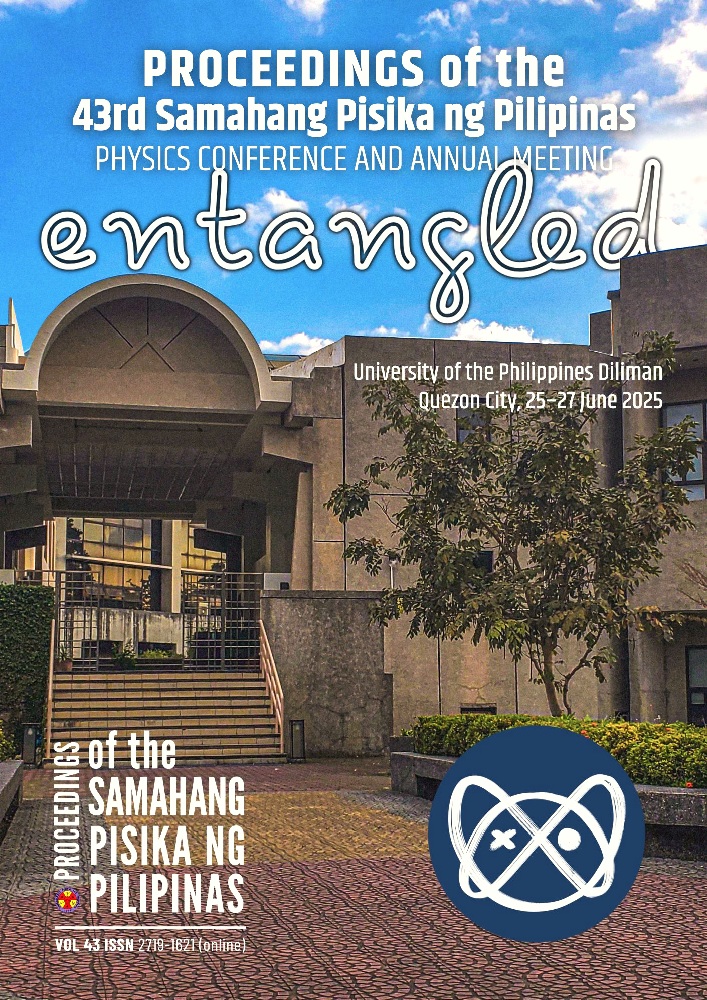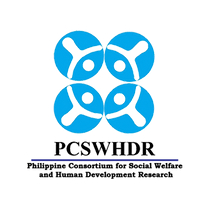How the tropical urban environment affects the heat index
Abstract
The Heat Index (HI) model for calculating apparent temperature or felt heat is the most widely used model in the Philippines. However, the said model was created with only the North American climate in mind. As such, there is a need for the HI model to be calibrated to the Philippine climate. Dumaguete City, a medium-sized city in the central part of the Philippines, was selected for this study. Twenty locations were designated as areas of investigation. The areas were categorized based on the type of overhead cover present at each location: Green Cover (GC) for vegetation providing shade, Artificial Cover (AC) for man-made or constructed cover, and Sparse Cover (SC) for areas exposed to direct sunlight. Results of this study show that aside from Air Temperature (Ta) and Relative Humidity (RH), Mean Radiant Temperature (Tmrt) was found to be a major factor affecting HI. Sky View Factor (SVF), which accounts for urban density, also affects HI. It was found, however, that HI is has an inconsistent relationship with wind velocity, which is a weakness of the model. As such, it can be said that the HI model can be used to quantify the effects of urban density on felt heat, but may be inadequate for efforts in finding strategies to reduce heat stress in hot-humid climates.
Downloads
Issue
Entangled!
25-28 June 2025, National Institute of Physics, University of the Philippines Diliman
Please visit the SPP2025 activity webpage for more information on this year's Physics Congress.
SPP2025 Conference Organizers
SPP2025 Editorial Board
SPP2025 Partners and Sponsors











